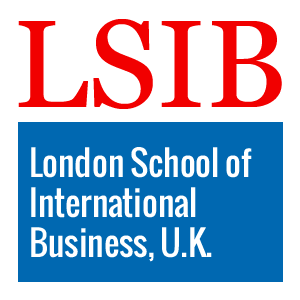Postgraduate Certificate in Motion Graphics for Science Festivals
Published on June 21, 2025
About this Podcast
HOST: Welcome to our podcast, where we explore innovative courses that bridge the gap between different disciplines. I'm thrilled to have here today an expert in motion graphics and science communication. Welcome! Can you tell us a bit about your background and how you got involved in this unique field? GUEST: Thanks for having me! I'm a motion designer with a passion for science. I've always been fascinated by both art and science, so I found my calling in using visuals to explain complex scientific concepts. HOST: That's fascinating! Now let's dive into the Postgraduate Certificate in Motion Graphics for Science Festivals. What inspired the creation of this course, and what kind of students does it cater to? GUEST: Science festivals are incredible events that bring together people from all walks of life. We noticed a need for creatives who can visually communicate scientific ideas in a captivating way. This course is designed for graphic designers, animators, and science communicators looking to enhance their skillset. HOST: In terms of industry trends, what are some current developments in motion graphics for science festivals? GUEST: There's a growing emphasis on interactive and immersive experiences. Audiences want to engage with the content, not just passively watch it. We're also seeing more use of virtual reality and augmented reality in science communication. HOST: Those sound like exciting advancements! What are some challenges students might face while learning motion graphics for science festivals? GUEST: One challenge is finding the balance between accuracy and accessibility. Scientific concepts need to be accurate, but they also need to be understood by a general audience. Another challenge is keeping up with the rapidly evolving technology in this field. HOST: Absolutely, it's a delicate balance. Looking forward, what do you think the future holds for motion graphics in science communication? GUEST: I believe we'll see even more integration of technology, creating more interactive and immersive experiences. The goal is to inspire curiosity and understanding, and I think we'll continue to find new ways to do that through motion graphics. HOST: It's clear that this course offers a unique opportunity for creatives to blend art and science. Thank you so much for sharing your insights with us today. For those interested in learning more, where can they find information about the Postgraduate Certificate in Motion Graphics for Science Festivals? GUEST: They can visit our website to explore further and join us in transforming their passion for science and art into a powerful communication tool. HOST: That's wonderful. Thank you once again, and I'm sure our listeners are now eager to explore this exciting course!
